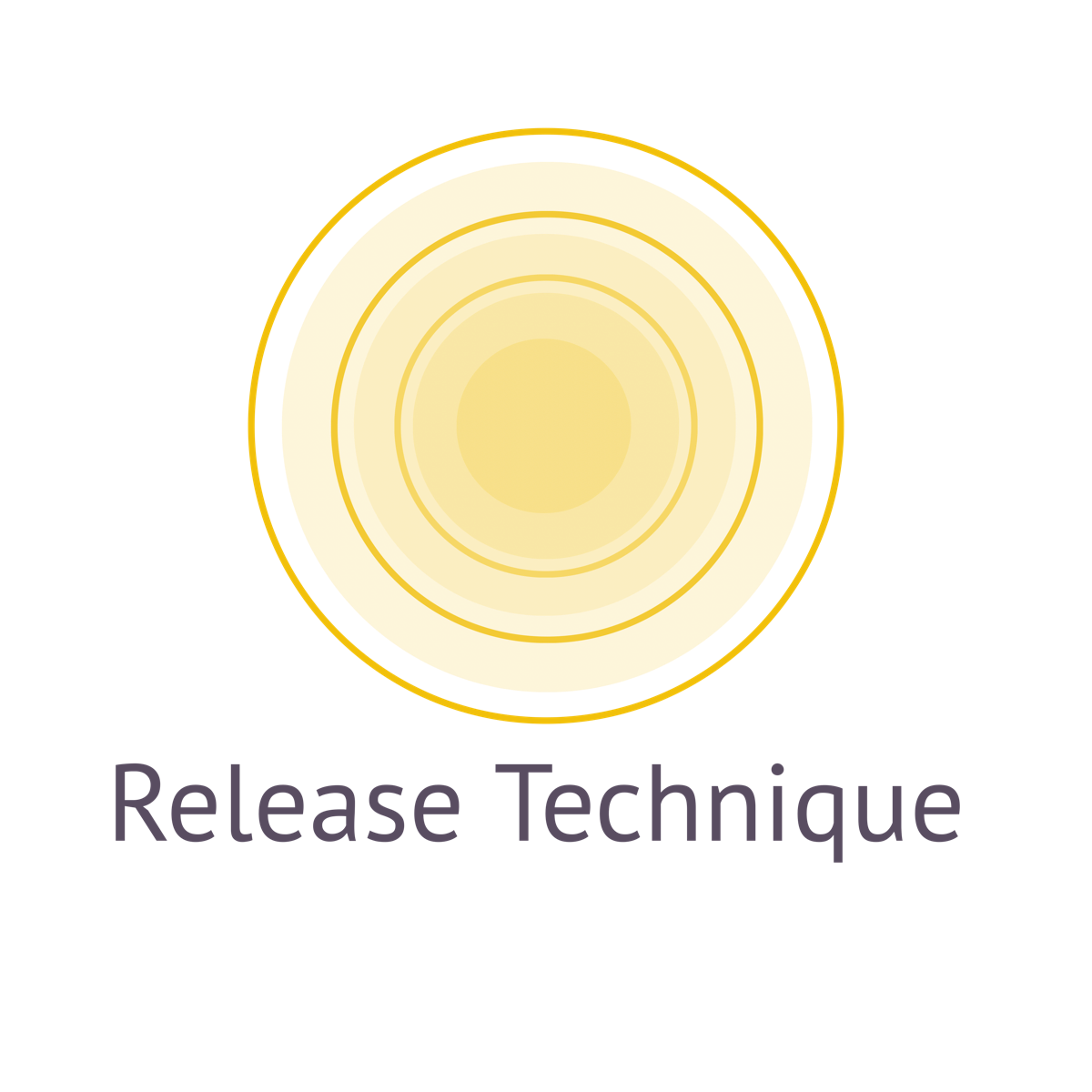Stop Foam Rolling Mindlessly: A Gentle, Smarter Approach to Real Relief
Hey there Buds,
If you’ve ever felt more sore after foam rolling than before—or if you’ve wondered whether you’re doing it right at all—this one’s for you. Foam rolling can be an incredible way to relieve tension and reconnect with your body… but most of what’s out there about it is noisy, harsh, or just plain wrong.
Let’s slow it down. Let’s do it better. Here’s how.
Stop Foam Rolling Mindlessly: A Gentle, Smarter Approach to Real Relief
Let’s talk about something I see far too often: folks gritting their teeth through foam rolling sessions, forcing their bodies into discomfort and calling it “therapy.”
If you’ve ever rolled out your IT band until your eyes watered—or laid down and draped your lower back over a foam roller, trying to press out tension from your spine while your body quietly panicked—you’re not alone. And you’re not doing it “wrong” because you didn’t know better.
But here’s the truth: pain isn’t proof that something is working. And more pressure doesn’t always mean more benefit.
As a fascial stretch therapist with nearly two decades of experience helping people move, feel, and function better, I’m here to gently call you in—not out. In to a better, wiser, more compassionate way of working with your body.
Let’s slow it down and break it down.
Why Foam Rolling Can Work — And Why It Often Doesn’t
Foam rolling—also known as self-myofascial release—can be a powerful tool for supporting how you feel and function in your body. When used with care and intention, it can help:
• Ease post-workout soreness
• Improve circulation and lymphatic flow
• Gently increase mobility and flexibility
• Reduce muscle tension
• Support your body’s natural recovery rhythms
• Promote nervous system regulation
But all of that depends on how you use it. Pressure for pressure’s sake? That’s not healing—it’s just stress in disguise.
The body responds best when it feels safe. Especially yours.
Common Foam Rolling Mistakes (That Are Totally Fixable)
These three issues show up again and again—whether you’re brand new or decades into your mobility or recovery practice:
1. Rolling Directly on the IT Bands
The IT band isn’t a muscle—it’s dense connective tissue. It’s not meant to be “released.” Obsessively rolling directly on it can actually create more irritation, especially around the knees and hips.
→ Instead: Focus on nearby muscles like the glutes, outer quads, and the TFL (tensor fasciae latae), where tension tends to build and relief is more accessible.
2. Rolling Over the Low Spine
Your lower spine is meant to be supported, not smashed. Applying direct pressure to your vertebrae when they don’t already have ribcage support around them can stress the joints and ligaments.
→ Instead: Use a softer roller placed alongside the spine, or target the supportive muscles like the erector spinae. I have a killer technique for this—I'll put it here for you soon!
3. Using Too Much Pressure
Foam rolling shouldn’t be a punishment. If you're holding your breath, wincing, or pushing through pain, you’re overriding your nervous system’s signals.
→ Instead: Go gently. Breathe deeply. Let your body trust the process—and you’ll get far better results.
So What Should You Be Doing?
Let’s reframe foam rolling as a ritual—something that’s restorative, not aggressive.
Target Muscle-Rich Zones
Your glutes, hamstrings, calves, and quads are all great places to begin. These areas respond well to rolling and tend to carry a lot of built-up tension from sitting, walking, or working out. They’re also key zones in improving mobility and supporting functional movement.
Start Slow and Stay Present
Gentle beginnings are powerful. Whether you're new to foam rolling or navigating pain, ease will serve you far better than force. Your body listens best when it feels safe.
Pair It with Movement and Breath
Foam rolling works best when it’s part of a bigger picture: mindful movement, breathwork, stretching, and nervous system-friendly mobility practices. This is where my method, the Release Technique, shines.
Why a Guided Foam Rolling Practice Changes Everything
You don’t need to be an anatomy expert. You just need a bit of guidance—and the space to explore what feels right in your body.
In my Release Technique Masterclasses, you’ll learn:
• How to foam roll effectively without overdoing it
• The top mistakes to avoid (and what to do instead)
• Gentle, targeted techniques to improve mobility and reduce pain
• How to turn foam rolling into a meaningful self-care ritual
• Ways to adapt your routine to your body’s needs and your daily life
Whether you’re just starting out or looking to deepen your practice, there’s a class for you—live or self-paced, depending on what fits best.
Want to Go Deeper?
If you're a wellness practitioner, movement educator, or bodywork professional, and you want to integrate foam rolling into your offerings with skill and confidence—I’ve got something just for you.
The Release Technique Foam Rolling Teacher Training is a flexible, self-paced online course designed for:
• Massage therapists
• Bodyworkers
• Yoga & Pilates instructors
• Movement educators and wellness coaches
You’ll gain practical, adaptable skills you can use immediately with clients—without adding stress to your own body. And you’ll be part of a growing group of professionals bringing more ease and intelligence to the way we move.
Let’s Roll—With Intention
If your body’s been craving relief, clarity, or connection… this is your invitation to respond with kindness.
✨ Learn the art of foam rolling as nourishment, not punishment
✨ Let your nervous system soften into safety
✨ Build a sustainable self-myofascial release practice that meets you where you are
Thanks for reading. And more importantly, thanks for listening to your body.
With softness and strength,
Maggie 💛

